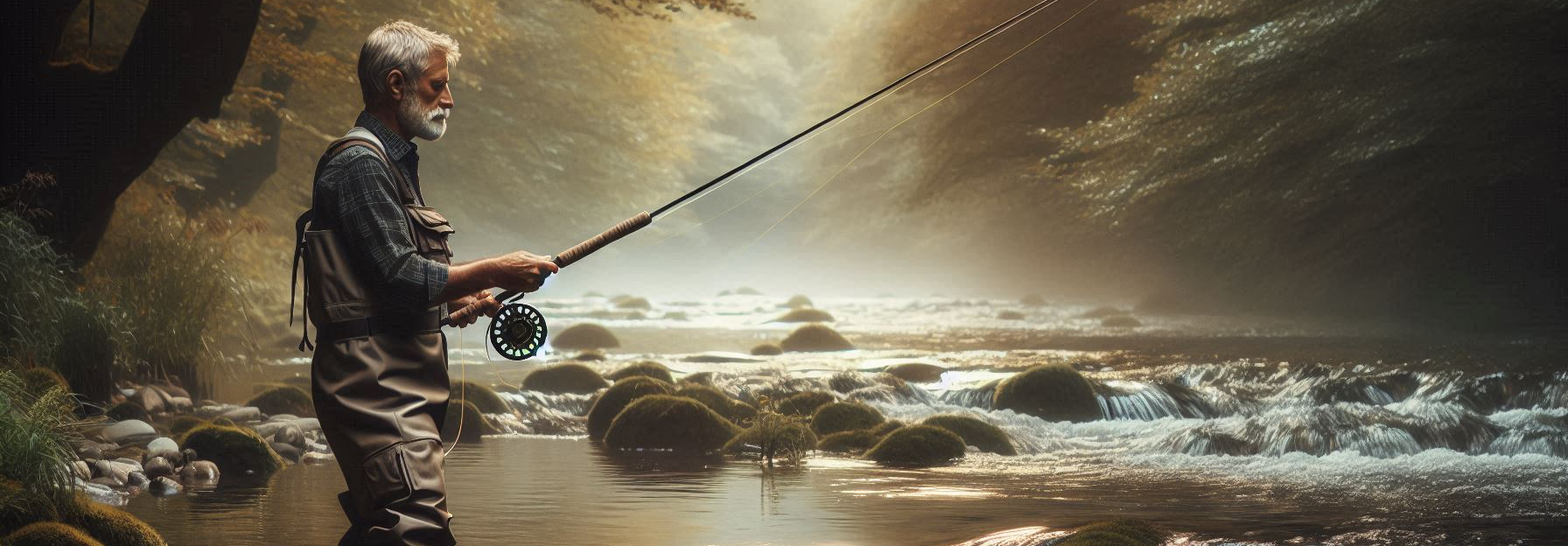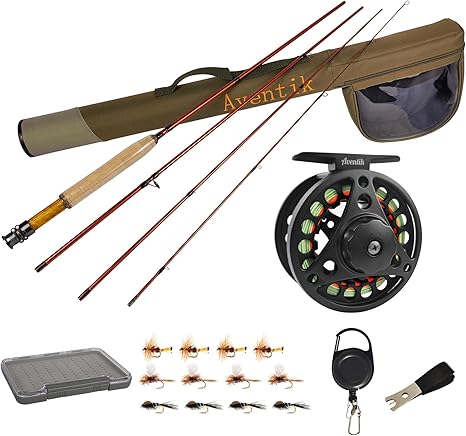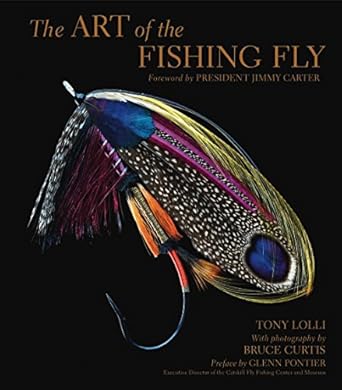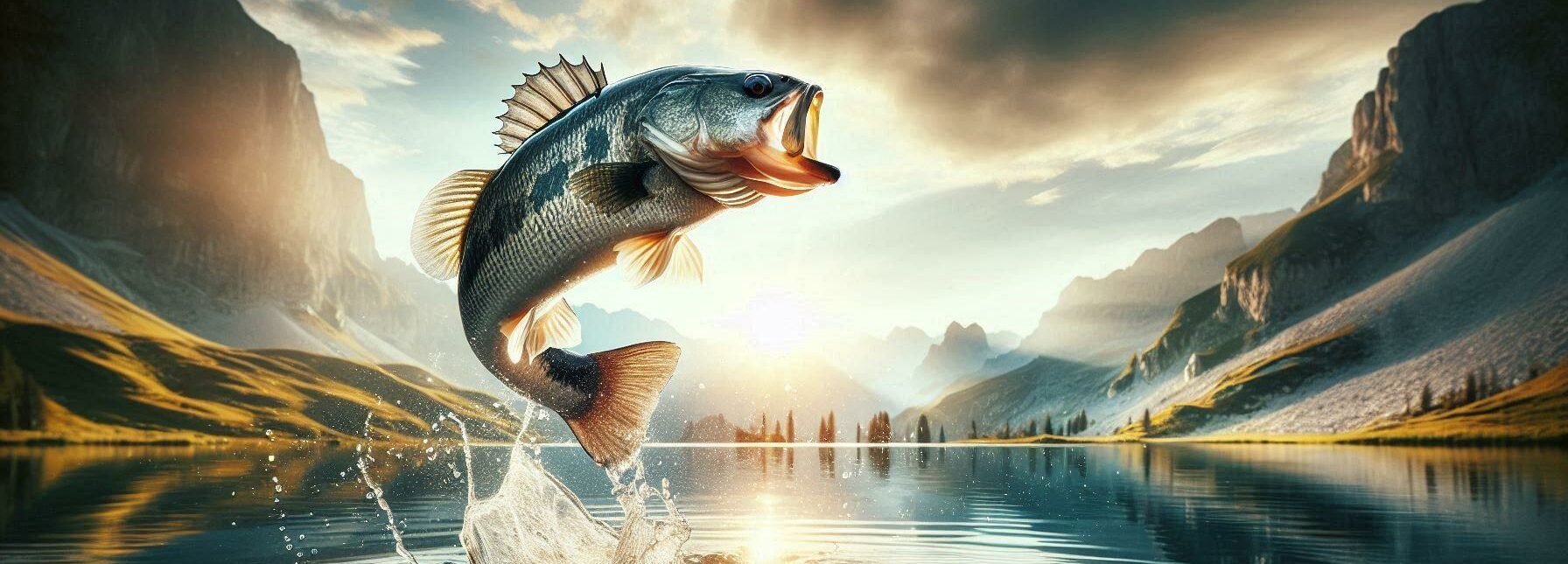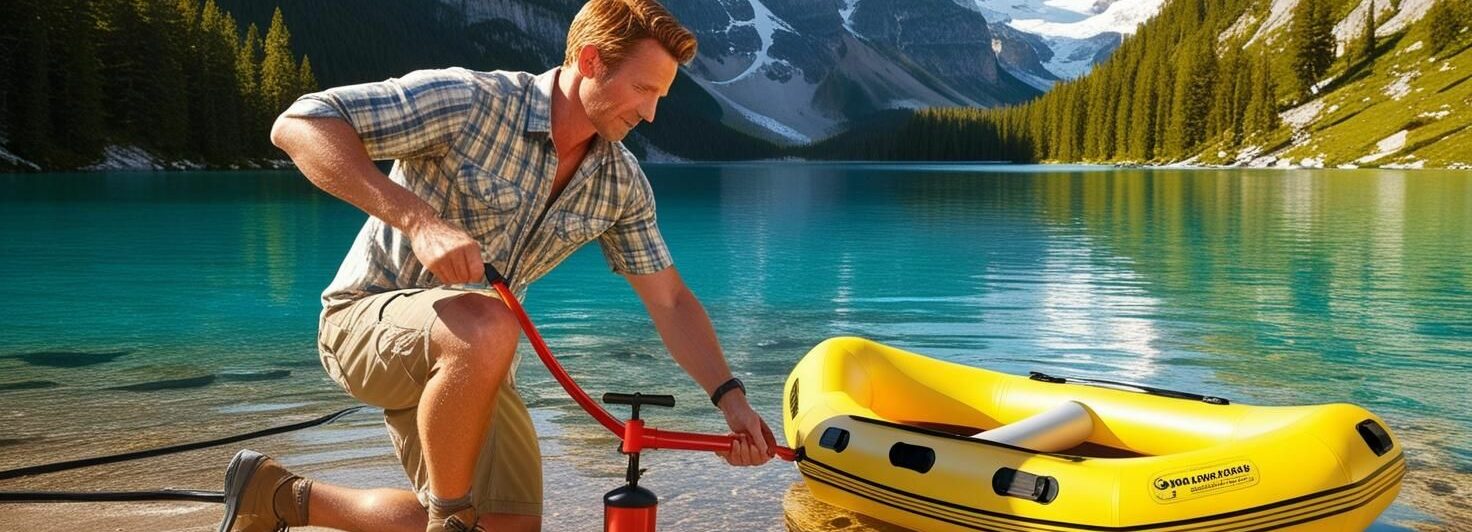Fly fishing ain’t just about casting a line and hoping for the best. It’s an art form, and like any art, it has its tools. At its core, fly fishing is all about mimicking the food that fish eat, using a clever bit of kit that looks like a bug whether that’s a fly, nymph, or streamer.
If you’re just getting started, you might feel overwhelmed by all the gear options. But don’t stress, I’ve been there too. Let’s break it down so you can feel at home on the water. Fly fishing history goes back hundreds of years. Over time, the equipment has evolved from using wooden rods and bone hooks to today’s ultra-light graphite and carbon fiber rods with barbless steel hooks.
When you’re stepping into fly fishing, you’ll need to get to grips with the basic gear. We’re talking about rods, reels, lines, and flies—each with their own role to play. Understanding these essentials will set you on the path to success in hooking that big one! Rods vary in size and material, reels keep your line spooled neatly, lines come in different weights, and flies are your bait disguised as a snack fish can’t resist.
So start by focusing on getting the right beginner setup. You don’t need to throw heaps of cash right away. Look for a reliable rod and reel combo that’s easy to handle and matches the kind of fish you’re targeting. Trust me, with the basics nailed down, you’ll have a productive day by the river. Just remember, like any new skill, practice makes perfect.
The Must-Have Gear: Essentials for Every Fly Fisher
Let’s talk about fly rods first. They’re like your fishing buddies and come in various types for different waters and fish. From fast-action rods for windy days to light ones for precision casting, picking the right rod sets the tone for your whole trip.
Next up, fly reels and lines need your attention. Reels keep your line from turning into a tangled mess, and trust me, a mess-free line is what you want when a fish is on. The line’s just as important—different lines for different rods and fishing styles. Match them up right, and you’re golden.
Flies are the final piece of the puzzle. They’re the stars of your fishing show. Picking the right fly can make or break your day. You want to consider the type, size, and color depending on what’s buzzing around in the water that day.
Not to be forgotten, you gotta have a good landing net. It’s the unsung hero when you’re pulling in that big catch. Get a lightweight net that’s easy to carry but strong enough to handle whatever you reel in.
And before heading out, don’t slack on safety. Polarized sunglasses will not only keep those rays out of your eyes but help you spot fish easier. Plus, a good hat and some sunscreen are your best friends out there.
Beyond the Basics: Enhancing Your Fly Fishing Experience
Once you’ve got the essentials down, it’s time to level up your fly fishing game. Advanced gear doesn’t just exist for seasoned pros; it’s here to make your time on the water even more enjoyable.
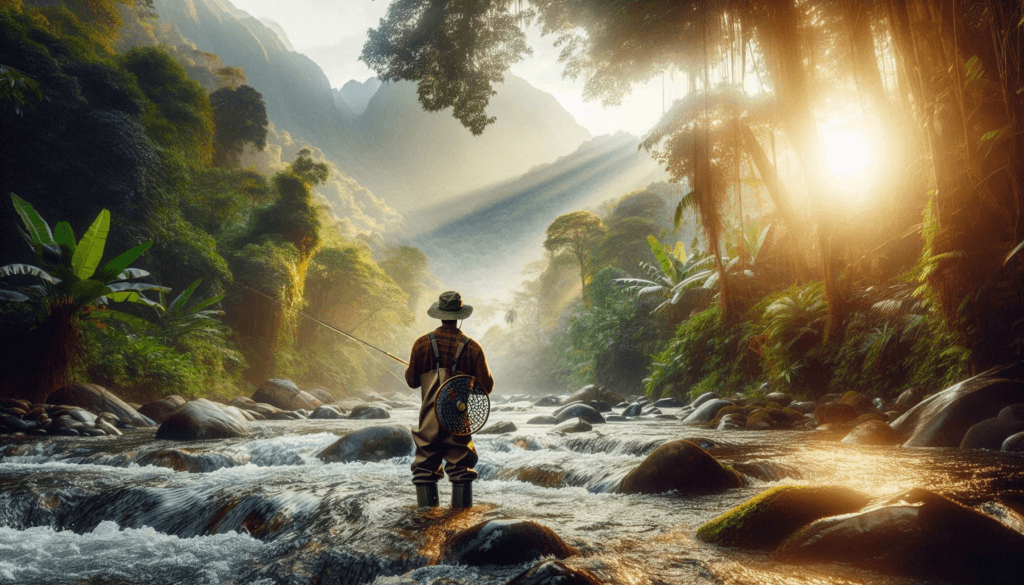
First off, waders and vests come into play. Waders let you step into the water for those spots you just can’t reach from the shore. Breathable materials, sturdy boots, and proper fit are what you want. A good vest organizes your gear, keeping everything right where you need it.
For those ready to take it up a notch, specialized rods are worth a look. Whether hunting for saltwater giants or casting from a drift boat, there’s a rod out there to match. Each has its own strengths, so think about your fishing style and environment before making a choice.
Don’t overlook the little extras like nippers, forceps, and tippet spools. They might sound trivial, but they can save you tons of hassle. Imagine trying to change a fly without a pair of nippers? Not fun.
Gadgets and technology have also made their way into fly fishing. Fish finders, waterproof cameras, and GPS watches might not be necessary but can sure add a fun twist to your trip. Recording your catches or navigating new waters gets a whole lot easier with these tools.
Maintenance and Care: Prolonging the Lifespan of Your Equipment
Keeping your gear in top shape is key to enjoying fly fishing for years. Let’s kick things off with the rods and reels. After a day out fishing, they deserve a good rinse with fresh water. This simple step can prevent corrosion and keep everything working smoothly.
The line needs some love too. Regularly check for nicks or abrasions. If it’s looking worn, it’s worth replacing to avoid a surprise snap when you’re battling a fish.
Flies might be small, but they need attention. After use, let them dry thoroughly. Storing wet flies can result in rusted hooks, and nobody wants that.
For waders and vests, a gentle wash and proper drying technique are essential. Avoid harsh detergents that can damage the fabric. Proper care not only extends their life but ensures they’re ready for your next trip.
When storing your gear, keep it in a cool, dry place. Heat and moisture can wreak havoc on your equipment. Remember, taking the time to store it properly can save you from having to buy replacements.
Learn the art of tuning up your equipment. A quick reel oiling or rod adjustment might seem small, but these actions can make a significant difference in performance.
Finally, practicing safety while handling equipment means fewer accidents and less damage to your gear. Be mindful, and your equipment will last longer, leaving you more time to enjoy the peace of fly fishing.


